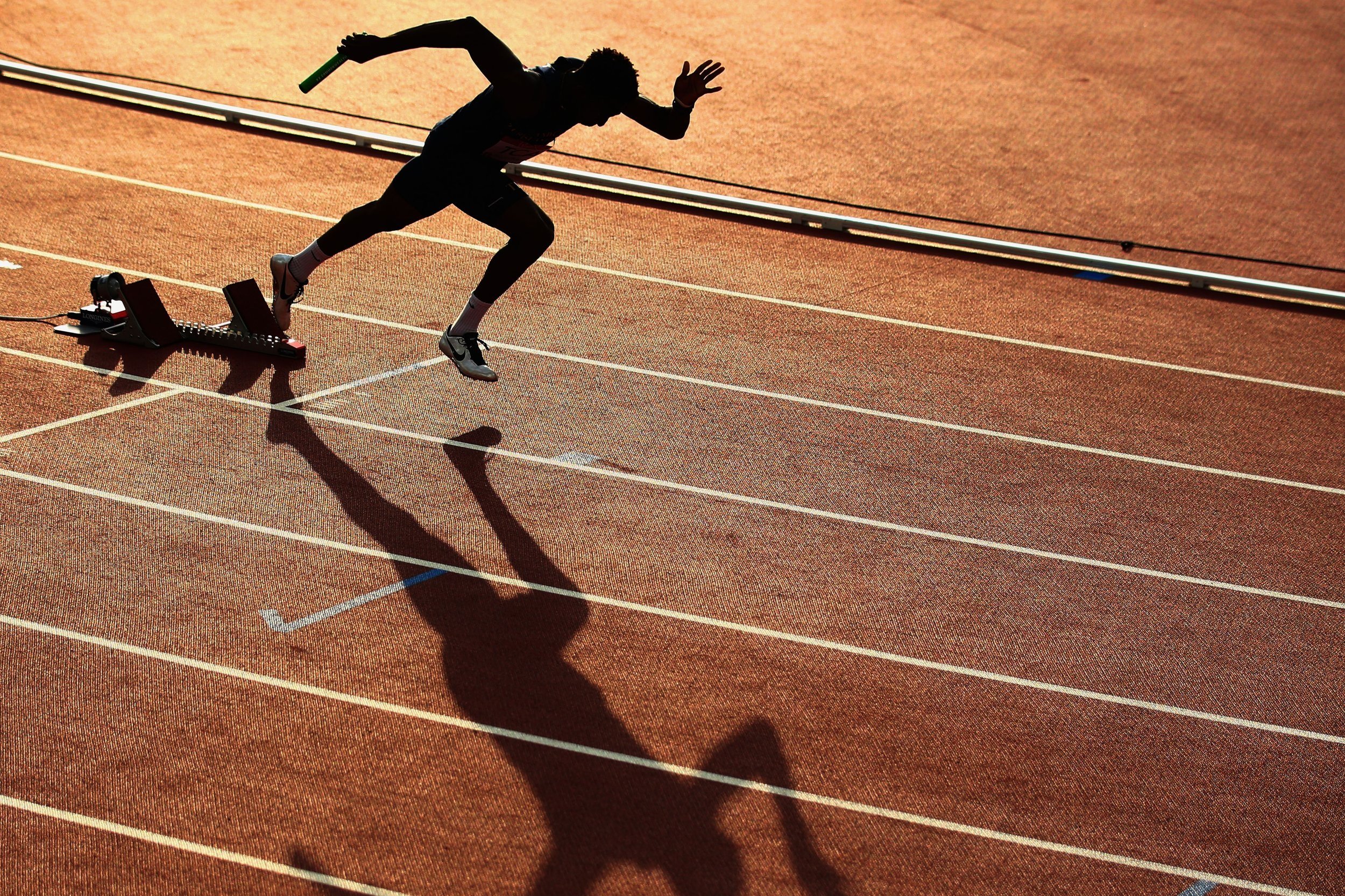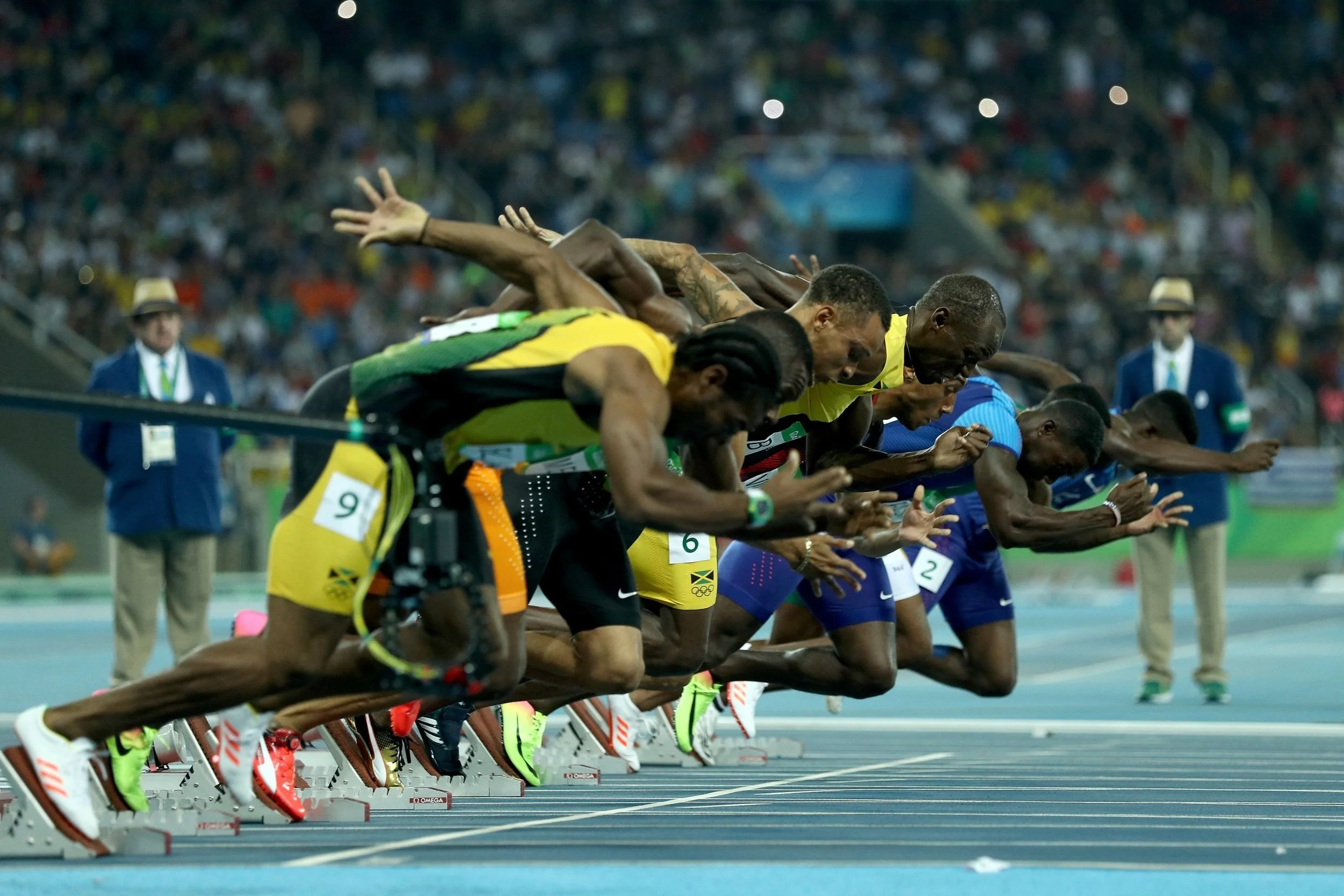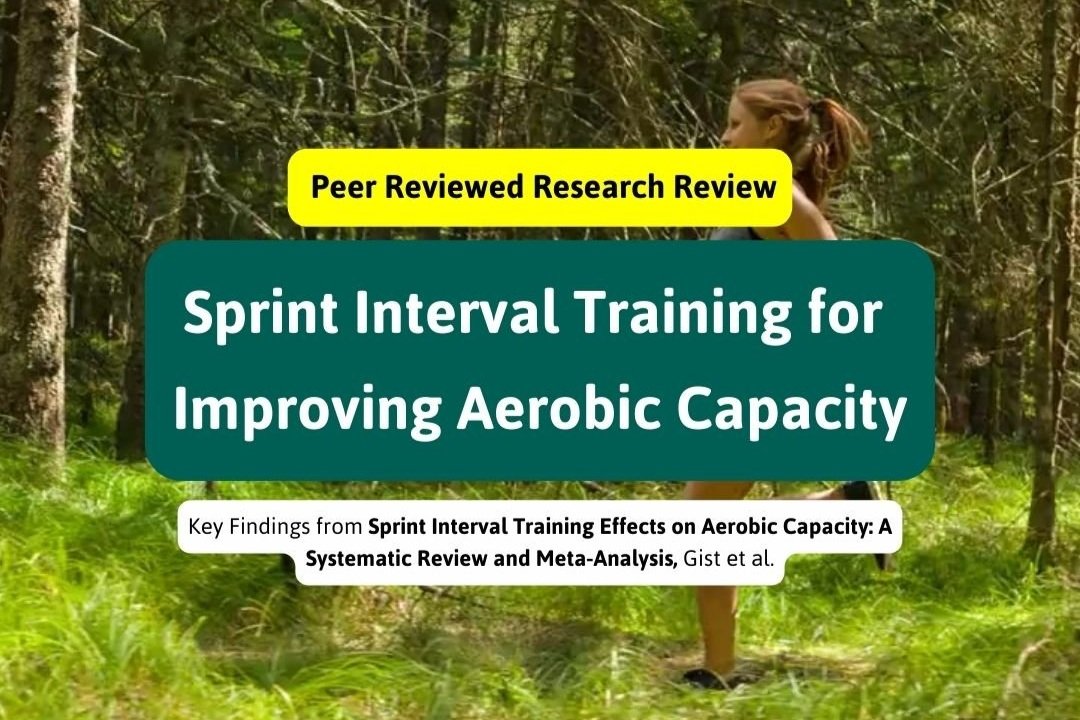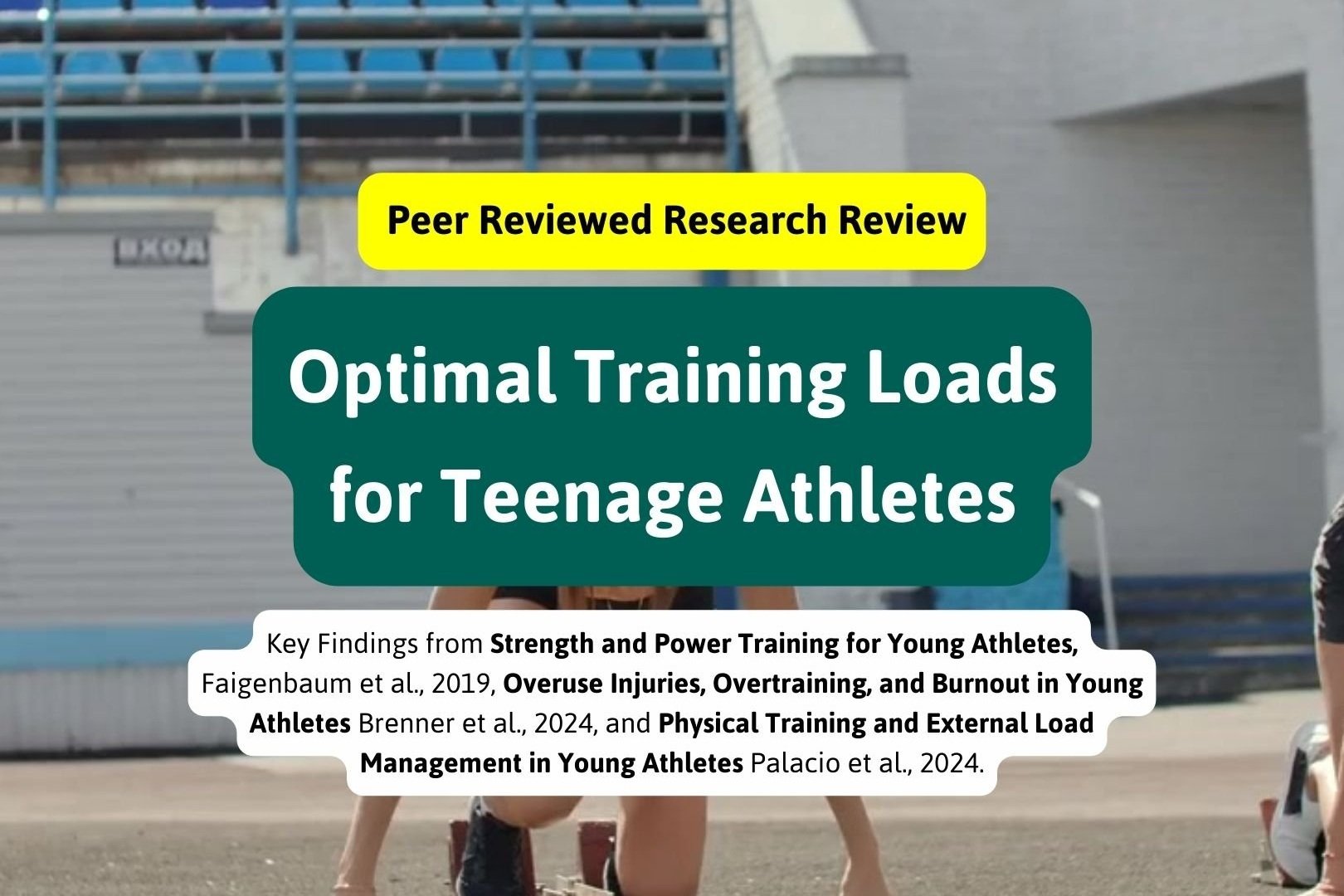Coach Education Resources

What all Athletics Coaches Should Understand About Training and Muscle Fibres
Knowledge of muscle fibre types and how they can change is valuable for personalising training programs for different athletes’ goals. Understanding how different training modalities affect fibre type composition can help tailor programs for endurance, strength, power, or a combination of these qualities.

Moving Beyond Distance Alone - A More Nuanced Approach to Training Load in Runners
This commentary from the Journal of Orthopaedic & Sports Physical Therapy argues that runners and coaches should move beyond solely focusing on weekly distance when quantifying and monitoring training load. The authors explain that running distance is only one aspect of training stress and fails to capture the full picture of the mechanical, physiological, and psychological demands of running.

Considerations of Training Load
Athletes need to plan and periodise their training load to enhance performance and prevent injury. This involves balancing periods of intense training (loading) with strategic reductions in training volume (unloading), such as planned breaks or rest periods. The time it takes to return to full training load after unloading is proportional to the length of the reduced workload.
Read the full article to learn the main considerations of manipulating training load for optimal athlete adaptation and performance.

The Whole Athlete and Training Program
This High Performance Town Hall explores the importance of a comprehensive training program for athletes, focusing on the “whole athlete” and the role of communication, and planning.
Master Coach, Susan Hobson, and AA Dietitian Lead, Bryce Anderson, highlight the crucial elements beyond just physical training, including nutrition, sleep, recovery, and mental health, and how these should be integrated into the program.

Hamstring Muscle Strains in Sprinters
This research paper focuses on hamstring strains in sprinters. The study systematically investigated the first six weeks following a hamstring strain in sprinters, including clinical examinations, MRI investigations and assessments of strength and flexibility. Key findings included a strong correlation between the location of the injury, distance from the ischial tuberosity and the time to return to pre-injury level, as well as the impact of proximal tendon involvement on recovery.

Force Application Technique, Sprint Performance, and Training Implications
This research paper examines the biomechanics of sprint running and how these factors affect performance in the 100m race. The study explores the importance of ground reaction force (GRF), particularly its horizontal component, in determining acceleration. The authors used a motorised instrumented treadmill to measure GRF in detail and found that the ability to orient GRF forward is crucial for sprint performance, even more so than the total force produced. The study also investigates how different levels of athletes, ranging from non-specialists to world-class performers, apply force differently during sprinting. The results highlight the need for training programs that focus on both physical strength and technical skill development, specifically in orienting force forward during acceleration.

Sprint Interval Training for Improving Aerobic Capacity
This meta-analysis highlights the effectiveness of SIT in enhancing VO2max, a measure that reflects the body's ability to utilise oxygen efficiently during exercise. Examining 16 randomised controlled trials, this paper concluded that SIT leads to a "small-to-moderate" improvement in VO2max. More specifically, this improvement translates to an average increase of 3.6 mL kg-1 min-1, or about an 8% enhancement. Notably, the authors emphasised that this magnitude of improvement is approximately equal to the gains observed with traditional endurance training, which typically involves longer durations of moderate-intensity exercise.

Eccentric Training Guidelines
This article explores updated guidelines for incorporating eccentric exercises into training programs, focusing on both developing and senior athletes. Key exercises like Nordic Hamstring Curls, Eccentric Squats, and Flywheel Leg Press are broken down with recommended sets, reps, and frequency. Backed by the latest research, these guidelines provide coaches with practical, science-based strategies to maximise performance while reducing injury risk.

Strength and Training - Athletics AI Summary
This presentation by Angus McEntyre, titled "Strength Training for Higher Performing Track & Field Athletes", provides a comprehensive guide for coaches on how to implement effective strength training programmes. The key theme revolves around the concept of "Developing Athleticism" by tailoring programmes to individual athletes and their specific events. The presentation stresses the importance of conducting thorough athlete assessments considering factors like training age, injury history, and individual needs.
Listen and read a summary of his presentation here.

Recommended Training Loads for Teenage Athletes: A Guide to Optimal Development
Training young athletes is a delicate balance of enhancing performance while ensuring safety, longevity, and enjoyment in sports. Overtraining can lead to burnout or injury, while undertraining may limit athletic potential. For junior athletes, particularly those aged 12-18 in track and field, the correct training loads are crucial to optimizing their development while preventing injury.
This article discusses the recommended training loads for young athletes, focusing on the balance between technique, strength training, and recovery. We’ll explore research-backed guidelines and provide insights into how to tailor programs for individual athletes’ needs.

Adding ‘No-Load’ Training Strategies into your Coaching Toolkit
No-load interventions, such as motor imagery, contralateral limb training, and passive blood flow restriction (BFR), offer effective methods for maintaining or improving strength without physical equipment or placing undue stress on an injured limb. Motor imagery, which involves mentally rehearsing exercises, has been shown to preserve and even slightly enhance muscle strength, making it useful during periods when physical training is not possible, such as during injury recovery, holidays, or travel to challenging environments.

Conditioning Young Athletes
Episode 1 of a short-lived AI Podcasting era! This episode summarises the key points from the book "Conditioning Young Athletes" by Tudor O. Bompa and Michael Carrera.
Our AI hosts discuss the importance of long-term athletic development for young athletes, emphasizing the need for age-appropriate training methods to optimise performance and prevent burnout and injury.

Why is it so hard to win medals in Track and Field?
This townhall discusses a 2007 paper that created a competitiveness index for international sports by analyzing national traits linked to sporting success and identifying which countries participate in various sports. This index rates sports based on their competitiveness, helping assess how challenging it is to achieve success in each sport. The index is valuable not only for sports enthusiasts but also for informing government decisions on funding allocation for sports. Before playing the video, download the full paper below for an overview of the Sports Competitive Index.

Sprint Drill Variations
Check out this simple set of variations that you can apply with your sprints, jumpers, throwers, and endurance athletes.

Developing an Integrated Approach to Periodization
Track and field coaches must recognize that periodization is not just about varying training loads and intensities but encompasses a multifaceted approach. A well-designed periodization plan should integrate recovery, nutrition, psychological preparation, and skill acquisition to optimize athlete performance. Coaches should focus on structuring training cycles that include strategic recovery phases, tapering before competitions, and managing the cognitive load of skill-based training. The key is balancing hard training with adequate rest and recovery, ensuring athletes peak at the right moments without risking overtraining.

Strength and Conditioning for Middle and Long Distance Athletes - Who Needs it?
The area of strength and conditioning has historically been lacking in the training programs of our potentially elite middle and long distance athletes. As a result, many of them are breaking down because they are not musculoskeletally strong enough to cope with high mileage or are burnt out because they are bored with training before they have a chance to achieve anywhere near their potential.
In this article, Di Huxley explores why and how strength and conditioning training should be incorporated for middle and long distance athletes.

Does U18 and U20 Success Correlate with Success at Senior Level?
Both male and female athletes who are more successful in young age categories (U18 and U20) were more likely to achieve success as a senior than less successful young athletes. Female athletes who were successful when young were more likely to maintain athletic success as a senior when compared to young males. A significant proportion of senior athletes (both male and female) were not successful in any of the young age categories.

How Many Times a Week Should a Muscle be Trained to Maximise Muscle Hypertrophy?
Training frequency is considered an important variable in the hypertrophic response to regimented resistance exercise. The purpose of this paper was to conduct a systematic review and meta-analysis of experimental studies designed to investigate the effects of weekly training frequency on hypertrophic adaptations.

Post-Activation Potentiation Improves Long Jump Performance
Discover how adding a set of drop jumps within two minutes of performing a long jump can enchance an athlete's performance in this peer-reviewed research summary.

Respiratory Muscle Training Improves Endurance in Adolesent Track and Field Athletes
The study aimed to present the effect of Respiratory Muscle Training on lung function, pulmonary ventilation and endurance in adolescent track and field athletes as a part of their pre-competition training.

